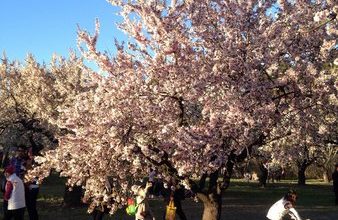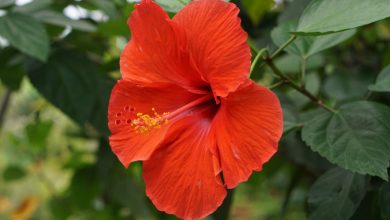Phlebodium Aureum davana care
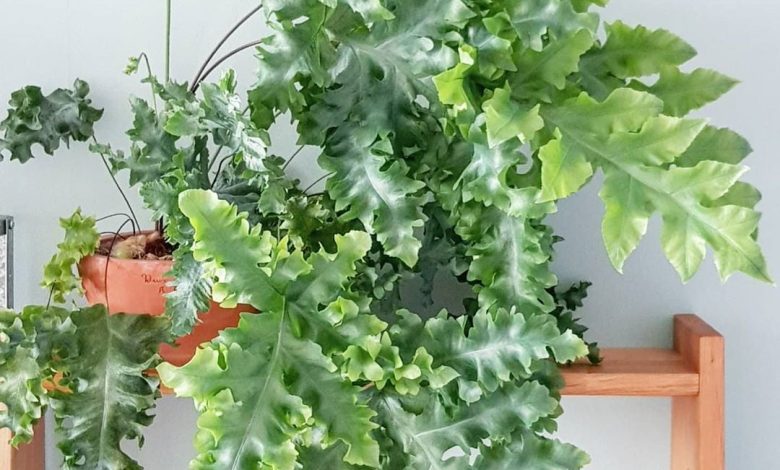
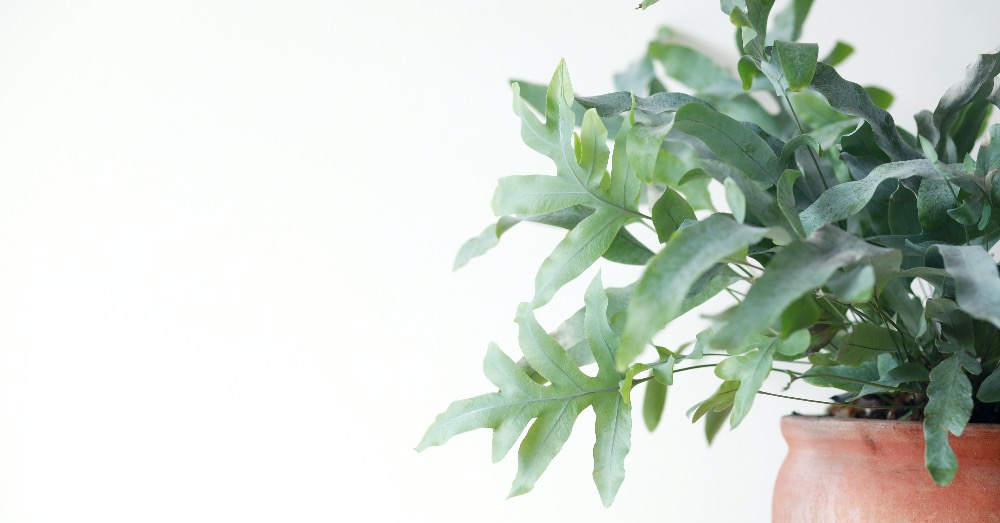
It is one of the most beautiful ferns that exist and, also, one of the easiest to care for. The beauty of Phlebodium Aureum davana lies in the uniqueness of its leafy leaves. They are not only extremely attractive because of the unique natural undulation that reminds, in some way, of the waves of the sea. In addition, it must be added that its color, with bluish and silver reflections, makes it difficult to stop looking at one of those indoor plants capable of decorating with their mere presence.
Although it is native to the jungles of Central America and the Caribbean, this fern is an obscure object of desire for plant lovers in Europe and not only for its beauty. In addition, it is a perfect choice if there are animals or children in our house. It is not toxic, so we can enjoy it without worrying too much.
So let’s see what Phlebodium Aureum davana needs to unfold its unique beauty. Because that is another of its benefits: that its level of demand is low, so it can even be the ideal plant for those who start gardening.
7 CULTIVATION NEEDS OF PHLEBODIUM AUREUM DAVANA
In addition to being an extremely beautiful fern, the Phlebodium Aureum davana can be a true ally for our health. It is enough to know that it is part of the plants to purify the air in your home to understand to what extent having it on our list of indoor plants can be positive for our lungs. And no: it is not nonsense to have them. The benefits of purification plants are endorsed, no less, than by NASA itself.
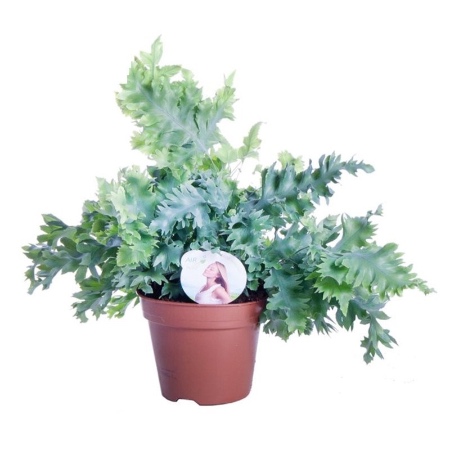
In addition to this detail, it is also important to know that the Phlebodium Aureum davana fern is extremely robust and, with proper care, can become long-lived. And it is not its only virtue: added and provided that we give it what it needs, it is a generous plant in the formation of those incredible curly leaves that are so characteristic.
1.Good light, the starting point of your care
Let us not be mistaken by its origins. Despite coming from the South American jungles, this plant species does not tolerate direct sun. Naturally, it usually grows suspended from trees and receives filtered light through its foliage.
For this reason, the ideal is to always look for a bright space in which our plant can be in shade or semi-shade.
2. Warm temperature, essential for Phlebodium Aureum davana
As a good tropical plant, it needs to be in a space with warm temperatures. Reason why it has to be grown indoors in our latitudes. The heat of the interior of our house is ideal for him, but with certain caveats. On the one hand, it is important not to expose it to drafts. On the other hand, and continuing with the care of indoor plants in winter, no: it is not a good idea to place it near an artificial source of heat, such as radiators.
And what is the minimum temperature it supports? Never below 13 degrees. Doing so will jeopardize both your well-being and your life.
3. Regular irrigation and without excesses, important
The one that is, without a doubt, the most delicate care of this wonderful fern. Although it is a water-loving plant, you have to read the fine print. It always appreciates the slightly moist substrate, but flooding or excess watering are its great enemy.
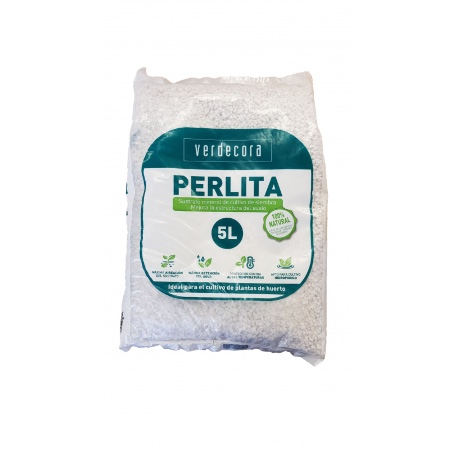
For this reason, the ideal is to water it a maximum of twice a week in hot weather, previously checking if the substrate beyond the surface is moist or not. It will also be essential that it has good drainage, which helps to eliminate excess water.
Finally, two more details on how to water Phlebodium Aureum davana. To begin with, it is key not to use hard water. But, in addition to this, we must pay attention to how we hydrate it. The best way: moistening the substrate around your central stem.
4. Environmental humidity, vital for your well-being in hot months
We retrace our steps: it is a plant of jungle origin. Therefore, environmental humidity should not be lacking in its cultivation, especially if we live in a dry climate, and in hot months.
If we have a humidifier, we will not have to worry. If we do not have it, we will have to spray its leaves with soft or rain water. We can also create a humid atmosphere, placing a low plate with water that is always separated from the base of the pot.
5. Transplant every two years, a job that will make you grow
If we give it what it needs, our Phlebodium Aureum davana will grow at a good rate. But let’s not lose sight of the fact that only if we transplant it and offer it more space, it will be able to develop properly.
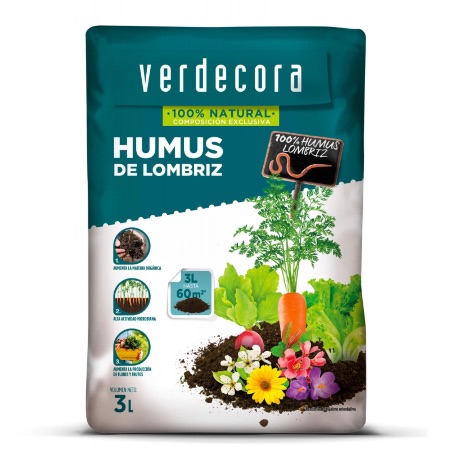
To promote its growth, the ideal is to transplant to a substrate for green plants enriched with earthworm humus every two years. It will also be key to change the plant to a slightly larger pot, to encourage the development of its roots.
6. Subscriber in spring, regular and necessary
A fundamental help for your development! From the beginning of spring until the end of summer, applying a regular dose of fertilizer for green plants will allow this wonderful fern to have enough nutrients to grow during its development period.
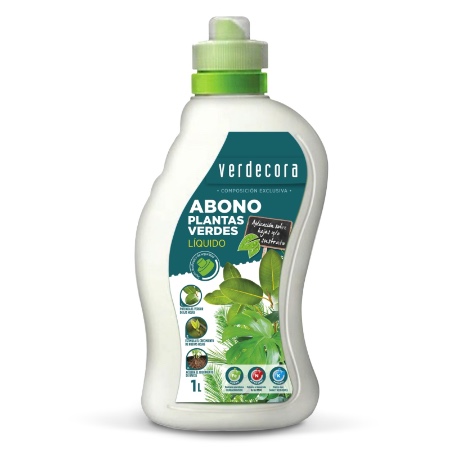
For the fertilizer to fulfill its function, we will have to pay once a month by diluting it in the irrigation water.
7. Fungi, your biggest enemy
Intimately linked to excess irrigation and humidity. Although it usually resists pests, the same does not happen with fungal infections. If an infection occurs, we will have to stop it as soon as possible with fungicides and correct the irrigation pattern that we are applying.
Knowing your needs, the decision is easy to make. Having the Phlebodium Aureum davana among our plants will give us a lot of joy without asking us much. Impossible to resist!


